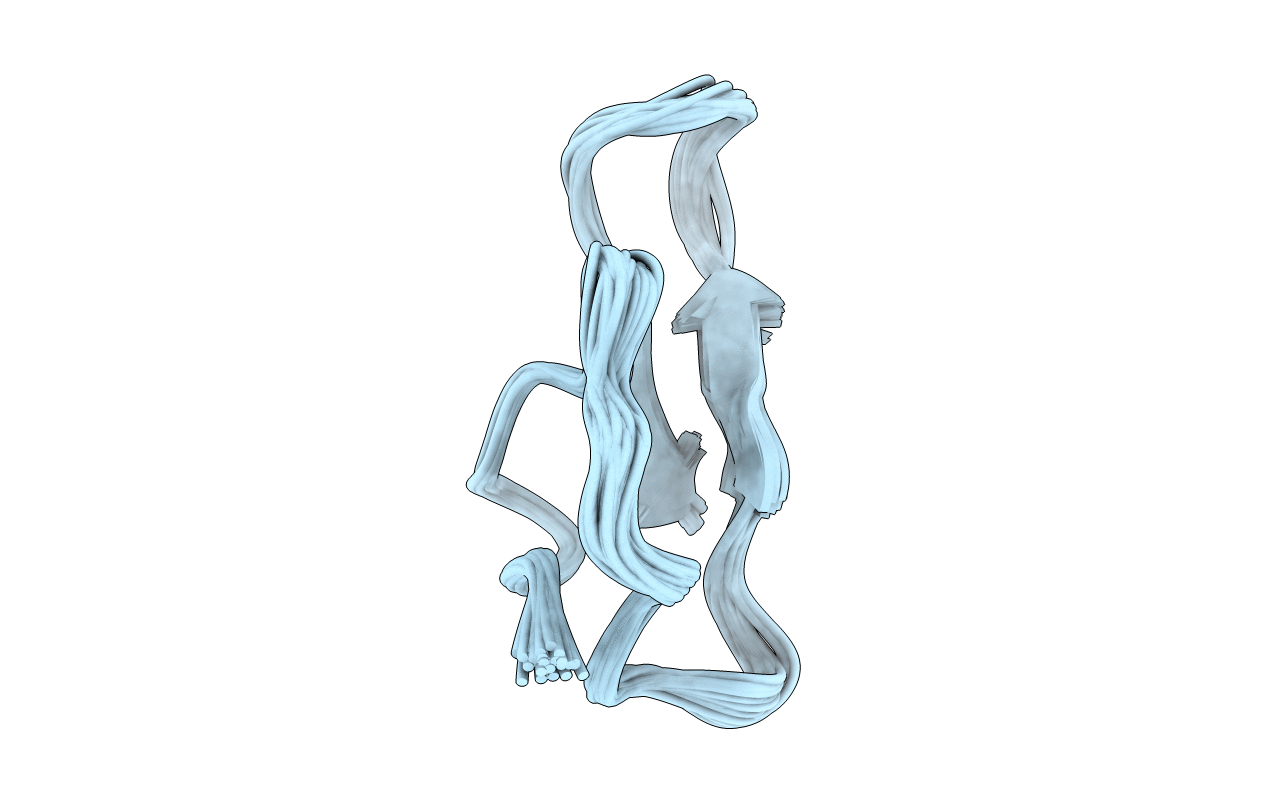
Deposition Date
2002-09-17
Release Date
2002-10-02
Last Version Date
2024-10-09
Entry Detail
Biological Source:
Source Organism:
Method Details:
Experimental Method:
Conformers Calculated:
1000
Conformers Submitted:
40
Selection Criteria:
target function


